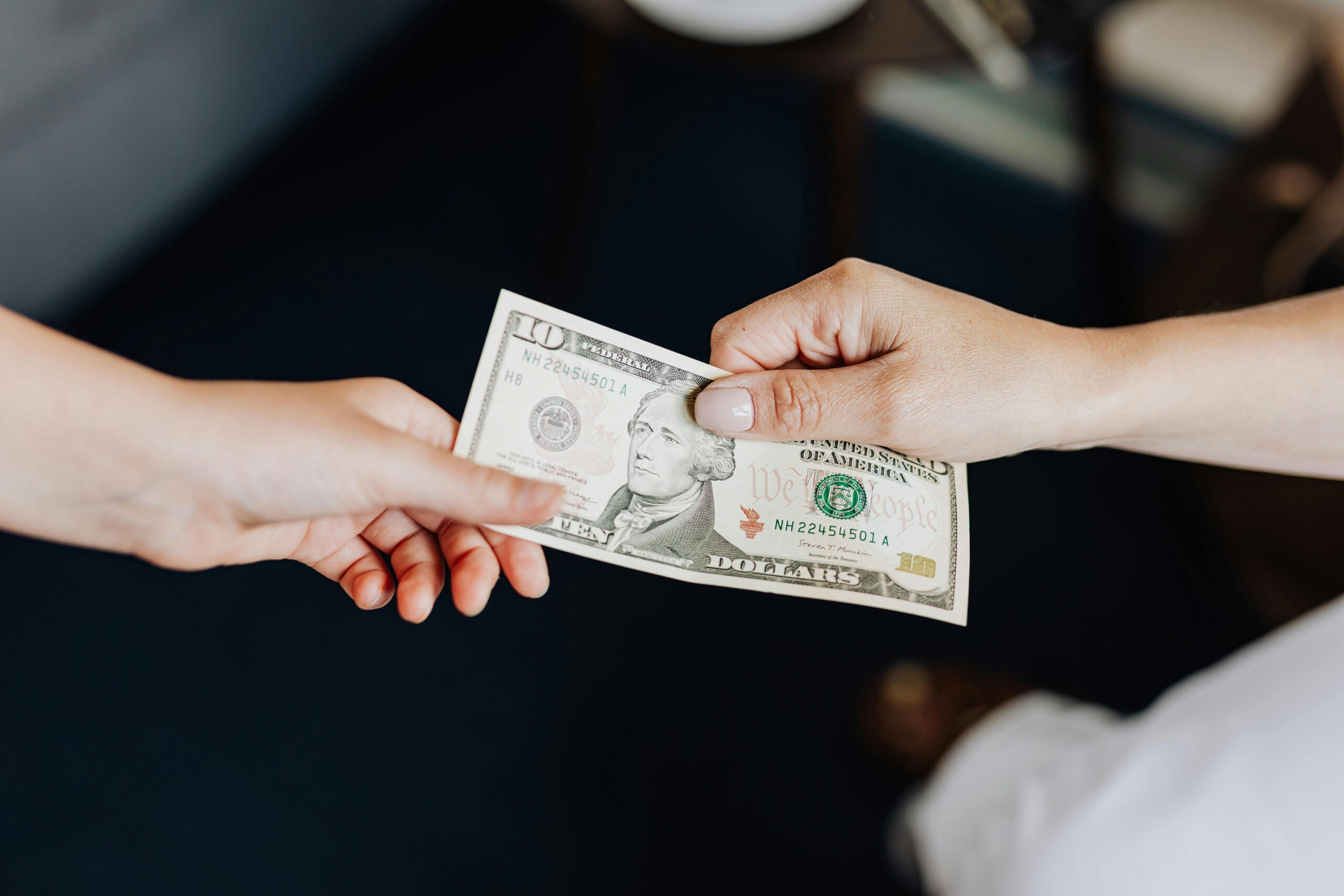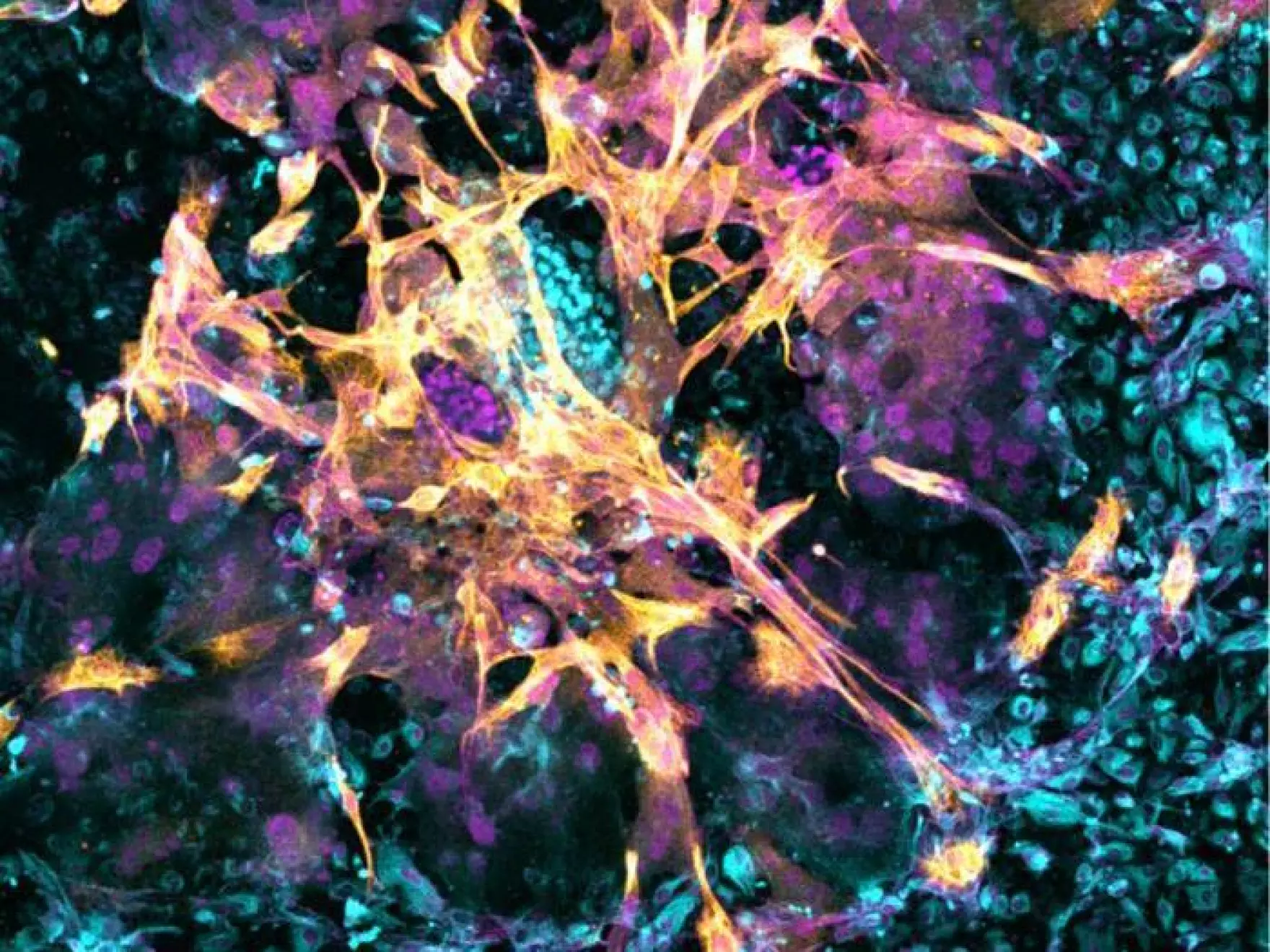The U.S. Department of Education has announced that it will resume collections on defaulted federal student loans beginning May 5, ending a pause that began at the start of the COVID-19 pandemic. This resumption allows the government to once again withhold tax refunds, Social Security benefits, and potentially wages from borrowers in default.
Approximately 5.3 million borrowers who defaulted before the pandemic will be affected. A loan is considered in default if no payment has been made for at least 270 days. Millions more are currently delinquent and at risk of defaulting if no action is taken.
Borrowers in default will receive notifications in advance, reminding them of their obligations and providing guidance on repayment options. Later this summer, the Department also plans to initiate wage garnishments, seizing up to 15% of disposable income.
To exit default, borrowers can choose from three main options: full repayment, loan consolidation, or loan rehabilitation. Consolidation provides a faster solution by replacing defaulted loans with a new one under a new payment plan. Rehabilitation, on the other hand, requires consecutive on-time payments based on income and can remove the default status from a credit report.
The government has stated that there will be no broad loan forgiveness, emphasizing that borrowers, not taxpayers, are responsible for repaying student debt. The move is part of a broader effort to restore repayment across the federal student loan system and protect public funds.
Borrowers are encouraged to check their loan status through StudentAid.gov, which offers detailed information on outstanding balances, monthly payments, and repayment options. Contacting loan servicers directly can also help identify the best course of action based on individual financial circumstances.







